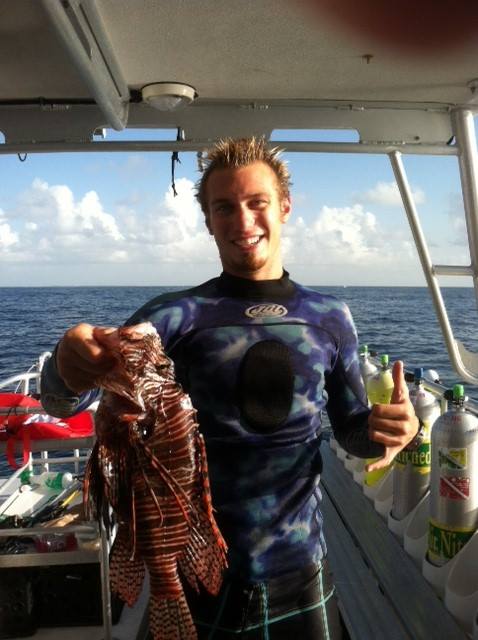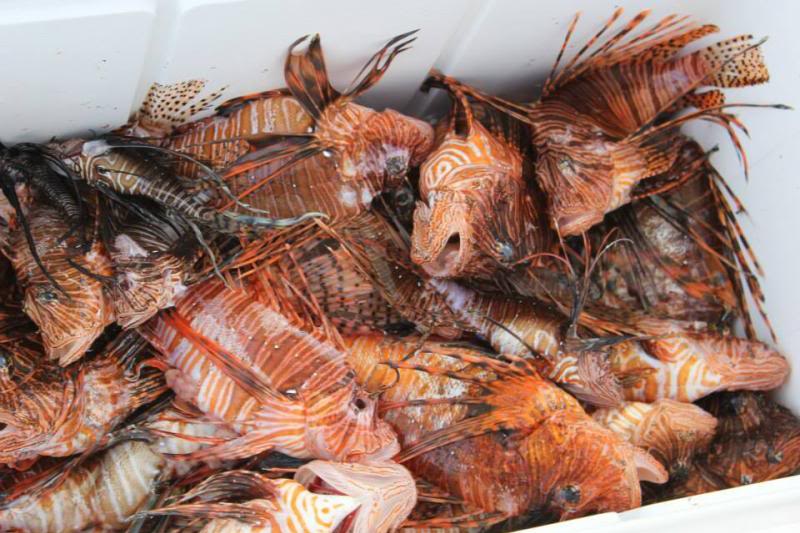Next time I'm down in Florida will make the extra effort to go on a Lion Fishing Expedition, maybe save some fillets to bring back home and process into homemade fish food for my Reef = IRONY
Cheers, Todd
Todd, you can ship some home to me.
I'd love to contribute to the solution.

















